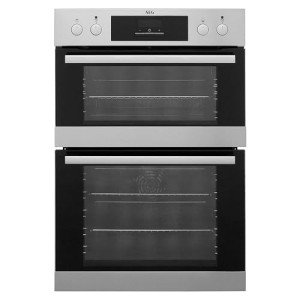A How-To Guide For Built In Range From Beginning To End

Understanding the Built-In Range: A Deep Dive Into One of one of the most Versatile Programming Features
The built-in function range() is one of the most typically utilized functions in programs, especially in Python. Its simpleness and versatility make it a vital tool for designers, engineers, and information researchers alike. In this post, we will explore the basic elements of the built-in range function, its syntax, usage cases, and some useful examples to help you take advantage of its power in your coding endeavors.
What is the Built-In Range?
In Python, the range() function produces a series of numbers. It is frequently used for version, particularly within loops, allowing developers to carry out a block of code a specific variety of times without manually defining each model.
Syntax of the Range Function
The range() function can take one, two, or three arguments, and its standard syntax is as follows:
range( start, stop, action).
start: The beginning point of the sequence (inclusive). If left out, it defaults to 0.
stop: The endpoint of the series (exclusive). This argument is required.
Built-in Oven : The difference in between each number in the series. If left out, it defaults to 1.
Examples of Using Range.
Basic Usage: Using range() in a simple for loop to print numbers from 0 to 4:.
for i in range( 5 ):.
print( i).
Output:.
0
1.
2.
3.
4.
Defining a Start and Stop: You can specify both a beginning point and an endpoint:.
for i in range( 2, 6):.
print( i).
Output:.
2.
3.
4.
5.
Using a Step Value: The step specification permits you to control the increments:.
for i in range( 0, 10, 2):.
print( i).
built-in electric ovens :.
0
2.
4.
6.
8.
Counting Backwards: The step can also be unfavorable, enabling for counting down:.
for i in range( 5, 0, -1):.
print( i).
Output:.
5.

4.
3.
2.
1.
Practical Applications.
Repeating Over Lists: While using range() prevails in for loops, it can likewise be helpful for iterating over the indices of a list.
fruits = [' apple', 'banana', 'cherry'] for i in range( len( fruits)):.
print( f" i: fruits [i] ").
Output:.
0: apple.
1: banana.
2: cherry.
Producing Number Sequences: The function comes in handy for creating sequences of numbers, which you might need for algorithms or information manipulation.
number_list = list( range( 10, 21)).
print( number_list).
Output:.
[10, 11, 12, 13, 14, 15, 16, 17, 18, 19, 20] List Comprehensions: range() works magnificently with list comprehensions for more condensed expressions.
squares = [x ** 2 for x in range( 5)] print( squares).
Output:.
[0, 1, 4, 9, 16] Conclusion.
The built-in range function is a fundamental function in Python that supplies an easy method to create series of numbers, which can be used for a variety of programs jobs. Whether you are dealing with loops, generating lists, or executing algorithms, understanding how to use range() is vital for reliable Python coding. As you continue to check out the language, you'll certainly discover brand-new ways to utilize this powerful tool, making your programs tasks more efficient and streamlined.
